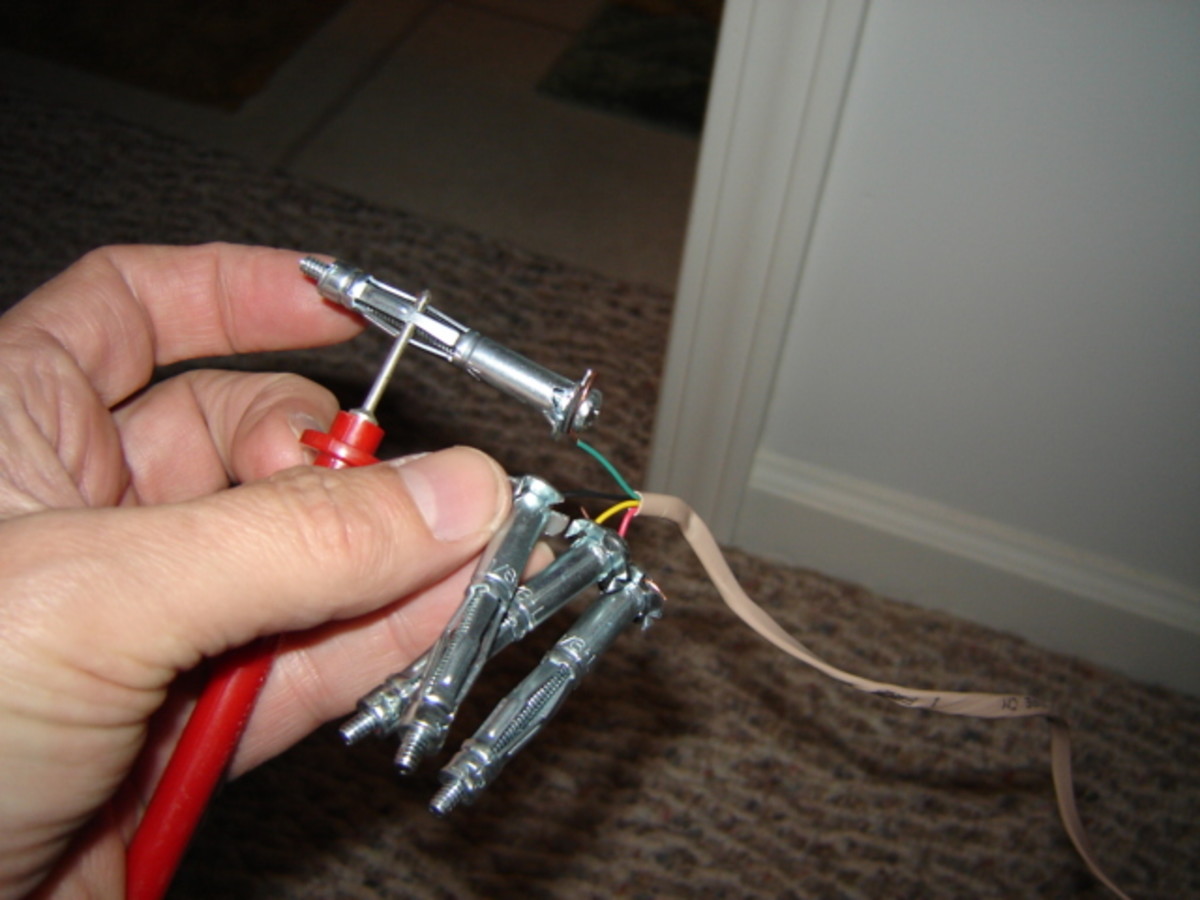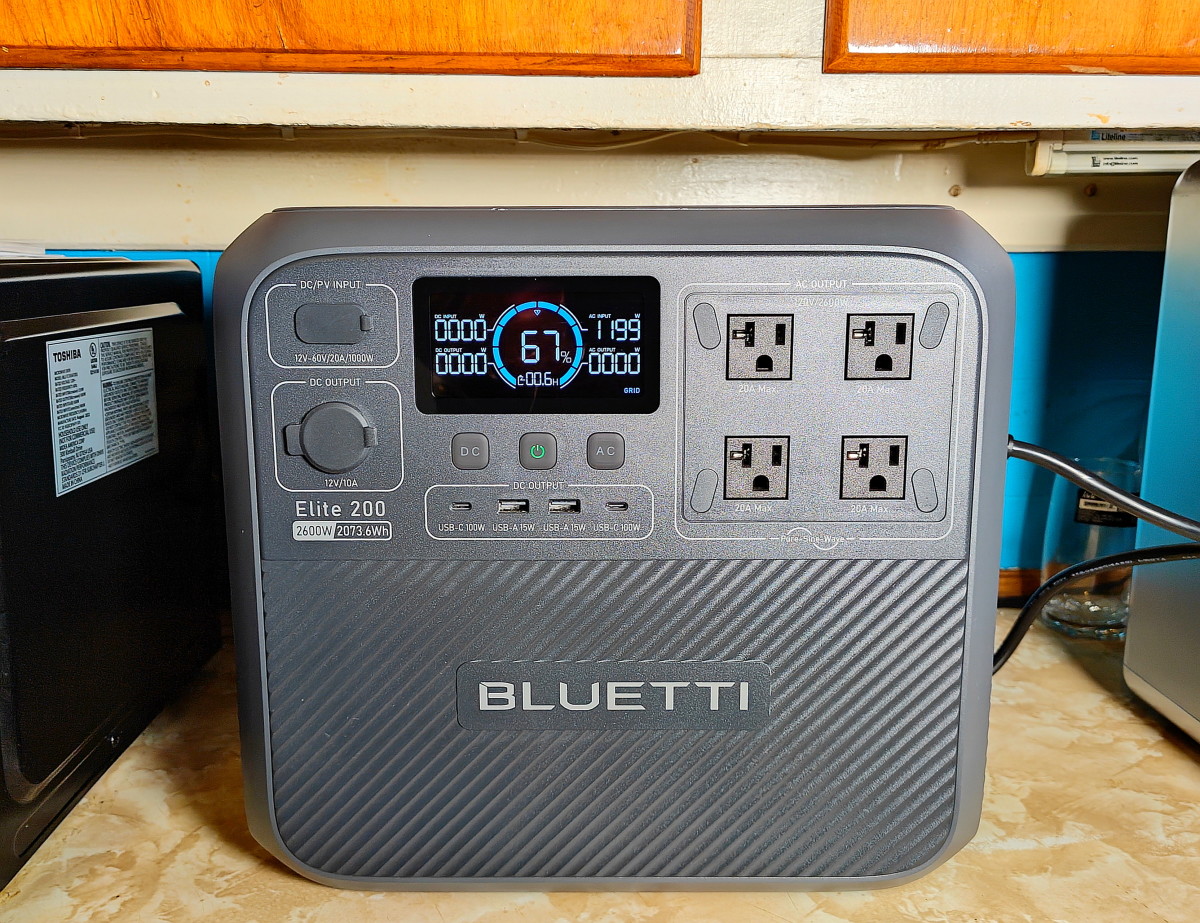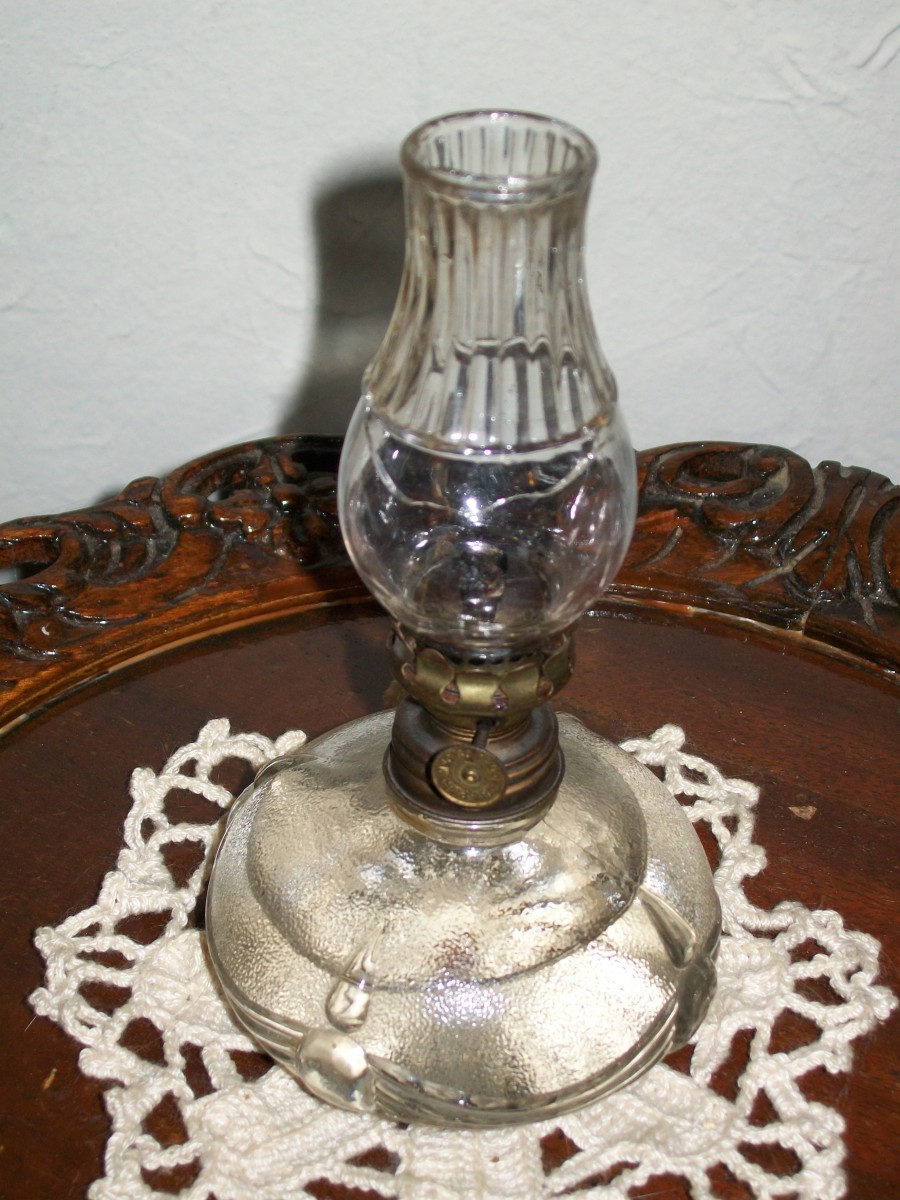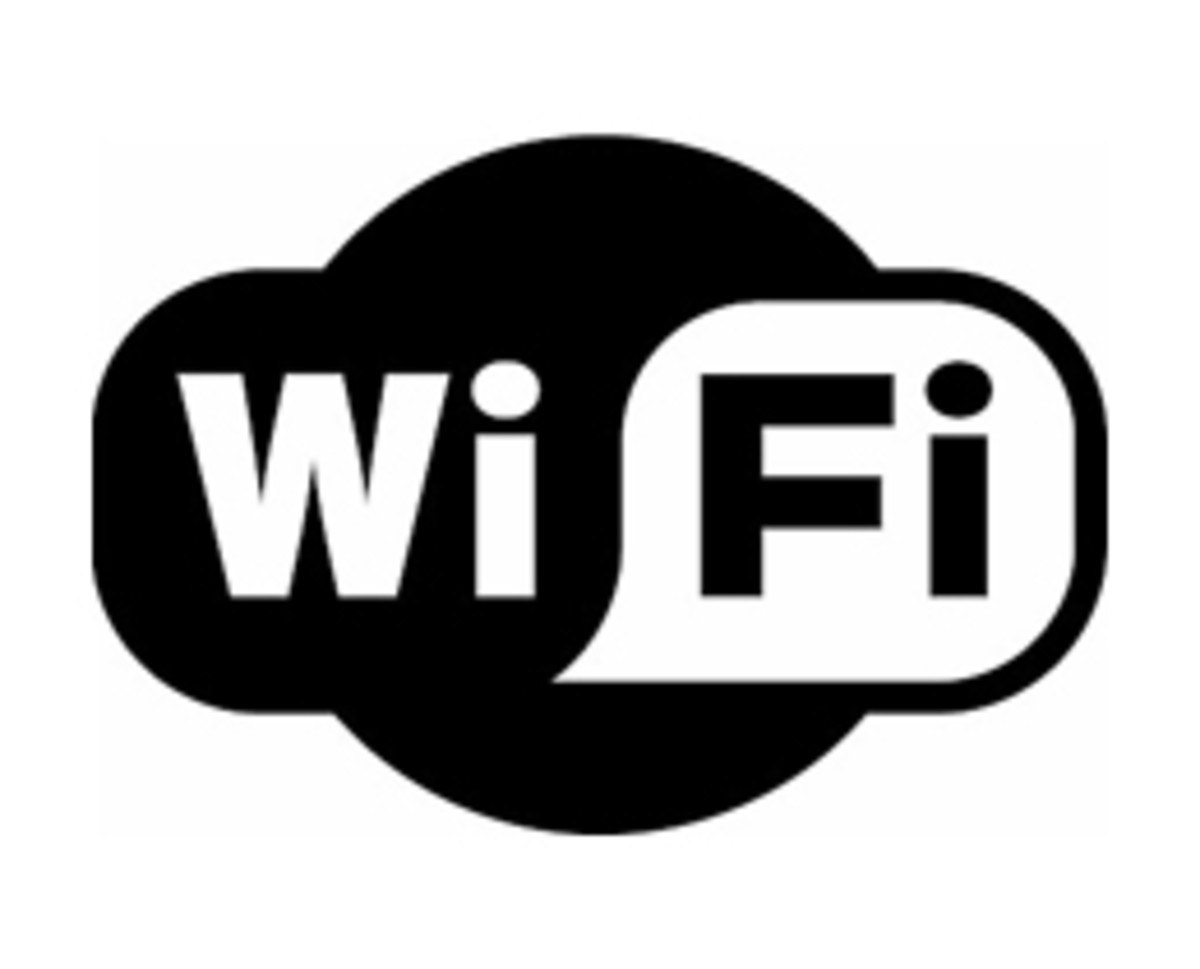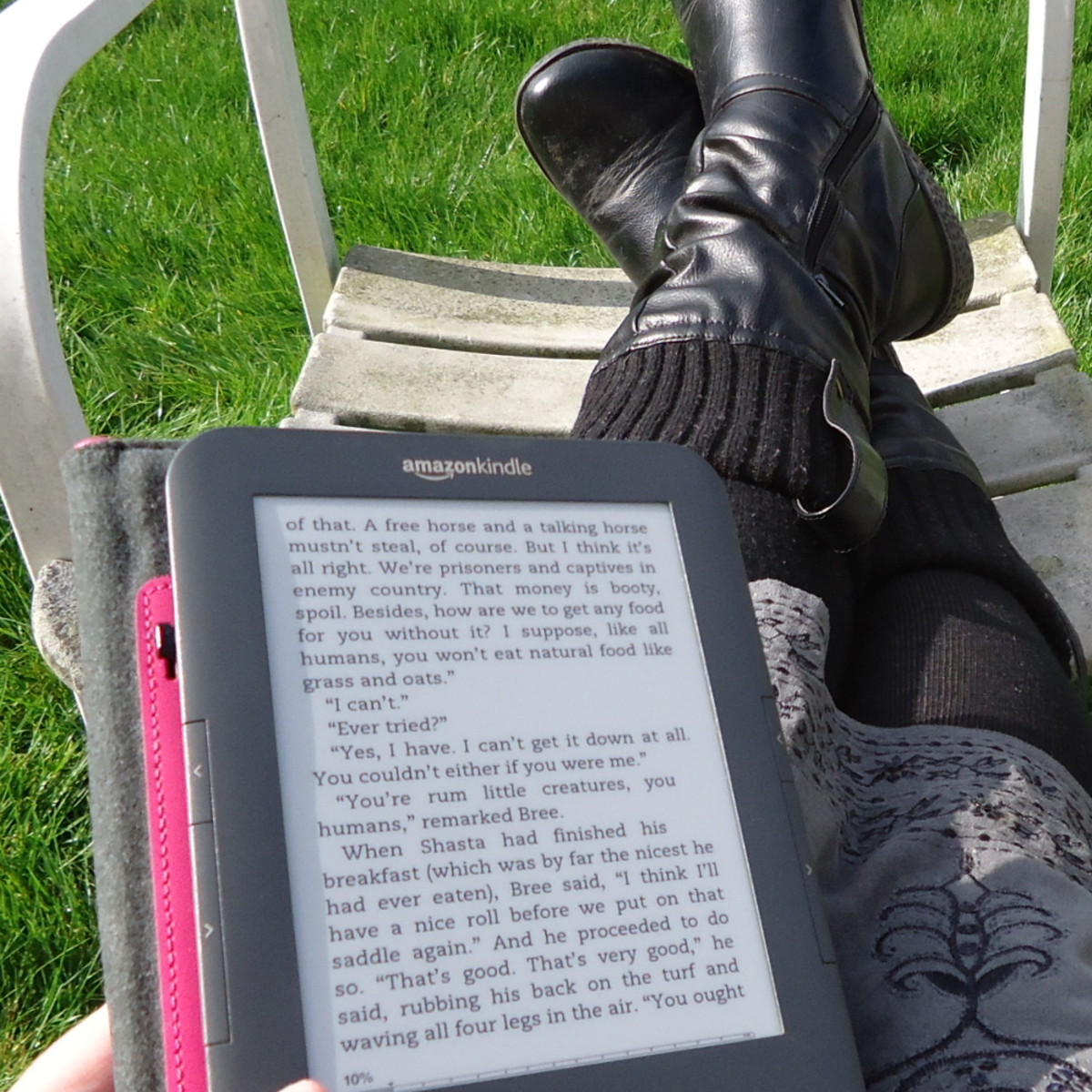Tips For Dealing With Power Outages
Power outages, although rare for most of the United States, can still occur at any time, and while they may be very inconvenient, or pose a health risk to some especially during summer or winter, there are some things you can do to cope with and get by while the electricity is out, without spending a fortune on backup generators and fuel.
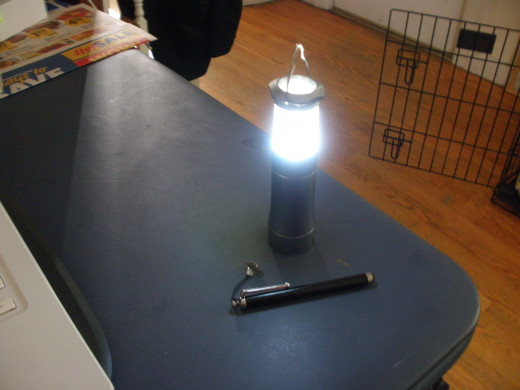
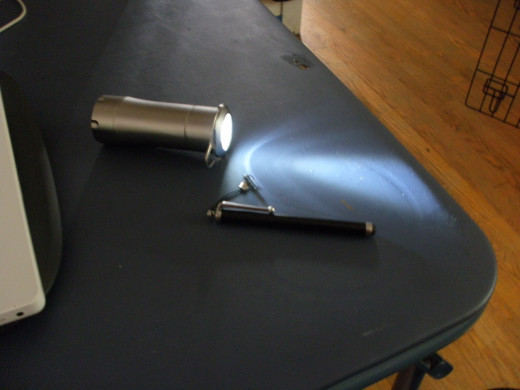
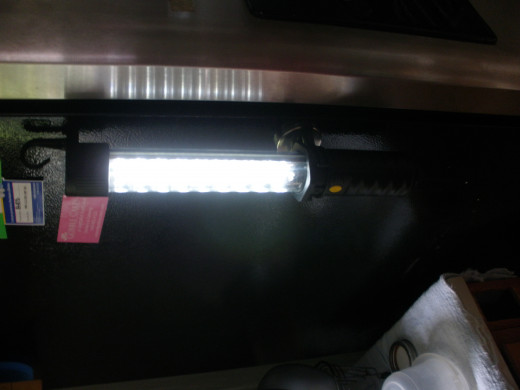
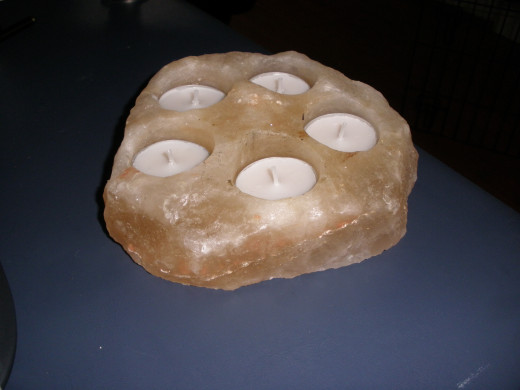
Lighting
This is probably the one that inconveniences most people. I can't tell you how many times I would wake up in the middle of the night, knowing the power was out, and flipping the light switch only to be disappointed and rudely reminded that, no, the lights won't work. Guess that goes to show that electricity has spoiled me and the majority of the human race.
Propane Lanterns
Growing up, I can't tell you how many times the propane lantern came out of the closet to be sat upon the living room coffee table when the power would go out in the middle of winter due to ice buildup on the power lines in our rural area. I'm not a big advocate of propane lanterns due to the way they work, and in inexperienced hands, can be more of a hazard than an aid, especially around small children who could get burned by touching them, or knock them over and cause a fire.
Flashlights
Flashlights are just about the safest and most convenient lighting option in a power outage provided you have fresh batteries and spare bulbs (unless your flashlight uses LEDs!) just in case. They're also fairly cheap and you can purchase rechargeable batteries for them to use and avoid buying lots of disposable ones. They can be placed in convenient locations, like a bedside table, kitchen drawer, etc...to make them readily available when you need them most. While useful for task oriented needs or finding things in the dark quickly, most flashlights aren't very good at helping to provide light to a whole room. However, some flashlights are available that have a lantern attachment, either as an accessory item or built into the flashlight itself. I myself have a small flashlight that runs on 3 AAA battery cells and has a beam focusing/lantern component built into it. I can twist the focusing lens back and forth to narrow or widen the beam of light as I need, or unscrew it completely and slide it out from the rest of the flashlight to use the lantern portion built into it to spread the light around a room.
There are also some rechargeable flash/task lights on the market that have their batteries built into them, and can be recharged by a household power adapter or some also come with a 12 volt outlet adapter to plug into a vehicle for recharging. I have one that includes a magnetic holder, so I can stick it to the side of the fridge for example, and light up the kitchen, or simply use it as a flashlight by changing the mode setting on it.
Candles
The most romantic and stereotypical option for lighting a room in a power outage can also be one of the more hazardous options. Used appropriately, they can be used to safely provide light, but misused, can leave you without a home or possibly worse. Candles should only be lit, handled and used by an adult. It is best not to use them around any flammable items, such as papers, curtains, or heaven forbid flammable fuels. While using candles, do not leave them unattended or otherwise fall asleep with them lit. As far as what candles can be used, just about any can and its really personal preference. If you'd rather not waste your Yankee Candles on a lowly power outage, tealight candles are a very cheap no frills option, typically available in 100 count packages for around or under $10. I put mine into a rock salt candle holder which keeps them in one place, even if one accidentally bumps into the table, and keeps any stray wax away from everything else.
Backup for Modem and Router or Cordless Phone Base Station
Communication
Radio
For news, most of us use our TV's for that, but in a power outage that most likely won't be an option. A battery powered radio is a good backup option here, that way you can stay aware of other inclement weather that may be on its way, keep checks on school closings and otherwise have some music to break the silence. If batteries are a pain to keep on hand and rechargeable batteries are too much to keep up with, you can find emergency radios that are powered by a hand crank or have built in solar panels to charge an internal battery.
Phones
If you still have a land line telephone, you may still be able to make and receive calls if the telephone lines themselves haven't been affected. Of course, this only works with old fashioned corded phones, as cordless phones are useless without power to their base stations. If you still have a corded phone, don't toss it as it might come in handy one day. On the subject of cordless phones, you can purchase backup power supplies for the base station itself, or some models on the market include their own battery, or even continue to operate so long as one charged phone is still cradled in the base station itself.
With cell phones, you can pretty much stay connected as long as the battery stays charged. I'll focus on some alternative power sources or backup options later one, but for here and now, we'll focus on making your cell phone's charge last as long as possible. During an outage, its best to turn off your data connection to conserve energy and use your phone as little as possible. Text messaging to stay in touch will use the least amount of battery power, while making or receiving phone calls will use more and communicating online through services like Facebook Messenger will typically use the most. Basically, try to use your phone as little as possible to save the battery for truly emergency phone calls.
Food
With the power out, you aren't very likely to be able to cook anything, so really you may just be left eating dry foods or snacks. Food in the freezer and fridge will last longer if they aren't opened very often, so its best to just leave them shut. In the winter time, you can keep food colder longer by filling pots with snow (if available) and placing it in the fridge and freezer. If the power outage lasts long enough to the point that items in the freezer have thawed...its a safe bet you should probably throw everything away to avoid risking food poisoning.
In the summer, you can of course grill outdoors on either a propane or charcoal grill which can help get rid of food that may spoil. While you're at it, you could also be social and have a neighborhood cookout!
Staying Cool
In the Summer, power outages can be hazardous to the health of some individuals, especially if it occurs during heat waves. One should minimize the amount of their activity during the daytime, staying in the shade and drinking plenty of fluids. A good way to stay cool is to head to the nearest swimming pool, or if swimming isn't an option, local cooling shelters are another place to go, especially for those such as the elderly who are more susceptible to suffering a heat stroke, or even going to a place such as a shopping mall, if it still has power available, where one can cool off and avoid the heat.
Staying Warm
Power outages in the winter time can be more of a challenge, especially if one relies solely on forced air heating, or any other form of heating that still requires electricity to operate. Those with wood stoves in their homes will be able to stay warm without a problem, yet without one it can be a serious problem, especially when sub zero temperatures strike. In this case, its best to wear additional layers of clothing in the home, especially including socks and possibly hats or toboggans to minimize heat loss from your body to the surrounding air. During the daytime, blinds and curtains should be opened to take advantage of any available sunlight to help warm the house, and then closed at sundown to minimize the amount of heat escaping through the windows.
One creative option for keeping warm is to set up a small tent in the living room for example, cover it with a blanket or two for insulation, and have the whole family sleep inside it. Even if its below freezing in the room, everyone inside the tent is giving off heat, which the tent will help trap and prevent those inside from freezing.
Power Inverter
Backup Power Sources
If a power outage lasts long enough, you may find yourself in need of a way to recharge your phones, flashlights or other devices. One option is to make use of your laptop's battery. Left in standby, a fully charged laptop battery can be used to recharge most any device via USB. If you are aware of severe weather coming your way, plug in your laptop to charge it up all the way, or as much as you can, in order to have that reserve power stored for keeping your phones charged up in the event that the power outage lasts for a significant amount of time.
For other devices, you could also recharge those in your vehicle by using what's known as a power inverter. Power inverters convert the 12 volts DC that most vehicles use for electronics into 120 volts AC that can be used by normal household items. This way, you can recharge several batteries, or rechargeable lanterns, as well as your laptop(s), cell phones and other devices. When using a power inverter, it is best to run the engine on your vehicle to avoid draining the battery in it, at the same time, don't run your vehicle in an enclosed garage. If possible, park your vehicle in a location with the exhaust pointed downwind from your home.
If you plan to use a power inverter, be sure not to exceed the maximum wattage rating for it or your vehicle. Most cigarette outlet type power inverters are typically limited to somewhere around 150 watts of usage or less. Others that come with alligator clips can connect directly to your car battery and can safely provide a higher amount of capacity by using this direct connection, on average going into the 400-750 watts range.



